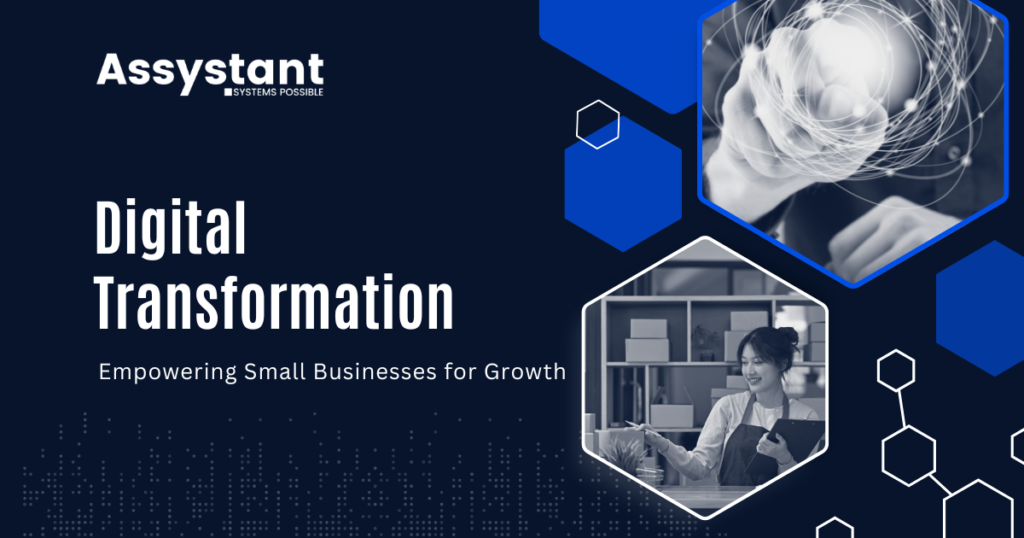Five Critical Things to Consider
The critical choice of product development over platform development marks the dictation of the future for any business in software and technology. Each one contains its own set of challenges and advantages. Knowing about this might be a little hard in an informed manner. However, these five critical factors clarify how to consider navigating this decision.
A Quick Comparison: Key Differences Between Product and Platform Development
| Factor | Product Development | Platform Development |
| Purpose and Scope | Focuses on solving a specific problem for a targeted audience. | Provides a base on which other products or services can be built. |
| Scalability | Optimizes for a specific solution or use case. | Designed to support various use cases and integrations. |
| Resource Requirements | Requires focused investment for a market-ready solution within a short timeframe. | Needs heavy, long-term investment including for infrastructure and security. |
| User Focus | Focuses on the priorities to provide a seamless, user-friendly experience for end-users. | Balances usability for end-users by providing tools and support to developers. |
| Market Role | It targets a niche with a direct value proposition. | It builds an ecosystem that fosters innovation and collaboration. |
Why Build What You Build?
In the long run, the purpose and scope of development differ for products and platforms. While a product addresses the solution of a particular problem for a certain target audience, providing a specific scope of features and functionalities, a platform forms the basis upon which other products or services can be developed, thus allowing a large ecosystem of users and developers. For both Product and System Innovation, aligning business objectives with the goals of development is necessary to identify the right approach and ensure strategic coherence.
Scaling for Success: A Blueprint for Growth
A key aspect of developing a platform is scalability. It is designed to support multiple use cases, accommodate various integrations, and handle a growing user base. Architectures needed for such require a framework flexible enough to scale and keep up with varying demands and technologies. While product development also needs to scale by optimizing a single solution for a wide scope of applications, this is rather dependent upon understanding scalability needs from a business standpoint.
Allocating Resources and Securing Investment for Success
The resource demands between product and platform development vary significantly. Product development might be a focused effort to build a market-ready solution within a ready solution and limited timeframe, whereas the development of a platform requires heavy investment in infrastructure, security, and long-term maintenance. In both scenarios, businesses must first assess their financial and operational capabilities before proceeding.
Balancing User Experience and Developer Needs
A product will be successful only if it provides seamless and intuitive experiences to its users. However, platforms must find a balance between usability and the needs of the developers who create them. Building a strong developer ecosystem with effective tools, good documentation, and support is very important for a platform’s success. Development strategies will be guided by established priorities that focus on end-user needs and the growth of the ecosystem.
Effective Market Positioning and Growth Strategies
Products and platforms play different roles in the market. A product focuses on segment capture via direct value proposition, while a platform creates an ecosystem for innovation and collaboration. Which one of these to choose depends upon the growth strategy of the business: dominate a niche or build foundational infrastructure that attracts partners and third-party developers.
Conclusion
The choice between the development of a product or a platform is strategic, and it depends on such attributes as purpose, scalability, resources, user experience, and market positioning. Businesses must analyze all these attributes thoroughly to position their developments toward long-term goals. Considering these five key factors cautiously can help organizations make such challenging decisions and thereby put in place a strong basis for continued success.
Related Article: Software platforms vs software products for startups



